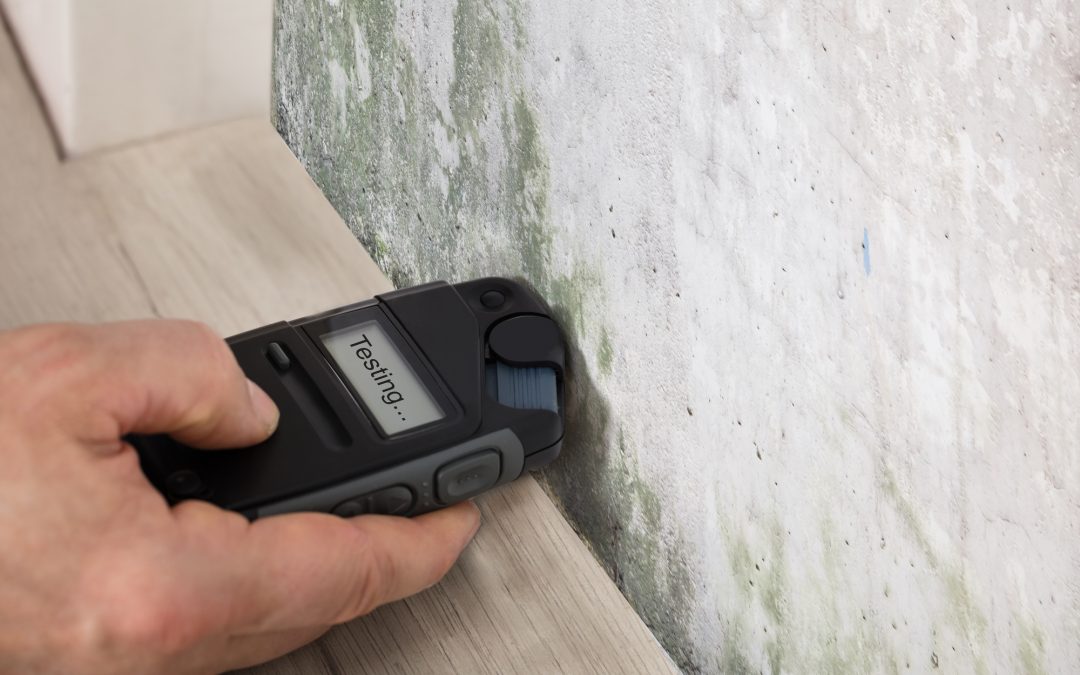Finding mold in your home is a major frustration and concern. Your health can be at risk and mold can spread fast, leading to nasty property damage.
The first reaction to mold is to call in the professionals. A good mold inspection and testing, followed by removal, is a great way to ensure that your mold problem goes away.
What many might consider, though, is if all that fuss is as important as it may seem. The answer is more complex than you might think. Let’s dive in.
The Basics of Mold Inspection and Testing
Mold inspection and testing can be a long and involved process. It will often include thorough checking of the infected area and testing for the type of mold.
While many might argue that the EPA does not have strict regulations on visible mold, remember that guidelines are never the full story. Being thorough can help even when the problem seems easy.
When You Need a Mold Inspection
What a mold inspection does is provide you the certainty that the mold threat is gone. When mold is visible, it can be easy to remove, but not every aspect of the infestation may be visible.
Testing isn’t always needed to identify mold, but leave that decision to the professionals. While some types of mold are more toxic than others, the differences can be slight and hard to catch.
If you are uncertain if you need a mold inspection, follow these criteria.
1. Smelling the Mold
Whenever you can smell the mold but not see it, then you have a possible infestation. This can be either before you find visible mold or even after cleaning an area. This is often because mold will start in damp, out-of-reach places.
The smell of mold is often a rotting smell, heavy with decay. It often has a humid feel to it.
2. Clearing an Area of Mold
If you see the initial signs of mold in an old and unkept part of the house, you might consider an inspection of the entire area. Humidity can condense in old, unused places like basements and attics.
Being thorough and clearing out mold before it becomes a problem can help you keep on top of infestation issues.
3. Plumbing Issues
Any area with a lot of nearby plumbing is often at risk for mold infestations. If you have a history of leaky pipes, it can be even worse.
The build-up of water and moisture speeds up mold growth. Also, most piping is in out-of-the-way areas, meaning there can be a lot of unseen crevices that mold can hide in.
DIY Mold Inspections Vs. Professional Testing
When you know that mold inspections might be the right path for you, do you do it yourself or rely on the professional touch?
When in doubt, always go to the professionals. An unchecked mold problem can be dangerous and even a small area that goes untreated can become a big problem later on.
Upgrading Your Health Safety to Elite Status
Mold inspection and testing isn’t a waste and can even help keep your home safe. It is another tool in your arsenal you should consider to help stop mold in your home.
To keep you and your home safe, you should always bring serious attention to your mold problems. We here at Elite Mold Services, Inc. have the knowledge and expertise to keep mold from your home. Contact us today!

